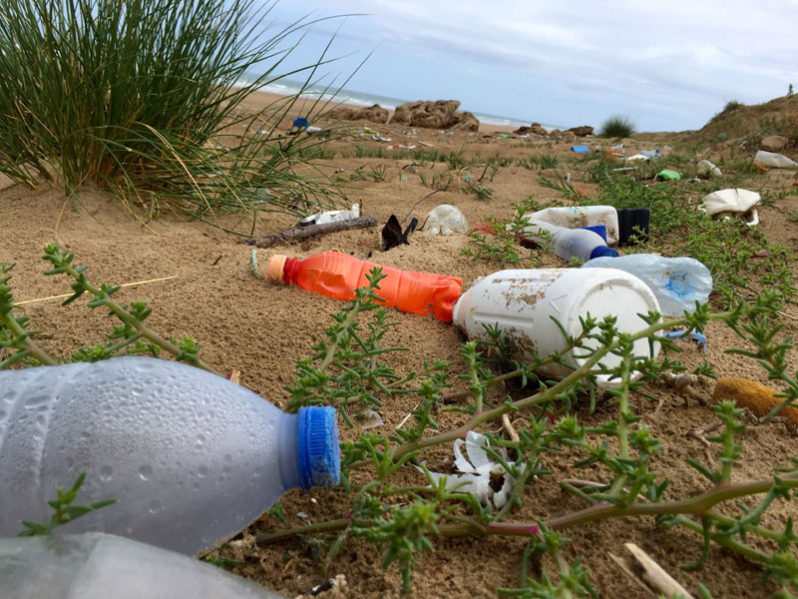We looked for South Africa’s ‘missing’ plastic litter. This is what we found

A recent study suggests that 96%-98% of litter from land-based sources washes up within one year of entering the sea. They conclude that most of the missing plastic has been under our noses all the time, on our beaches.
World Oceans Day 2020: New IAEA Research Records Dramatic Increase in Microplastic Pollution in Eastern Tropical Pacific Ocean

We celebrate World Oceans Day at a time when about 8 million tons of plastic waste are ending up in the oceans each year, damaging ecosystems and wildlife. The major challenge scientists and policy makers face today is a lack of knowledge on the biological impacts of microplastics in marine organisms…
‘Plastic-free’ fashion is not as clean or green as it seems

To promote different fibre use without fully understanding its environmental ramifications suggests a disingenuous engagement with environmental action. It incites “superficial green” purchasing that exploits a culture of plastic anxiety. The message is clear: buy differently, buy “better”, but don’t stop buying. Yet the “better” and “alternative” fashion products are not without complex social and environmental injustices.
Substantial quantities of tire particles contaminating rivers and ocean

Research reveals vital new information that will improve our scientific understanding of how tiny particles from tires, synthetic fibers from clothing and maritime gear enter the ocean.
The end of plastic? New plant-based bottles will degrade in a year

A biochemicals company in the Netherlands hopes to kickstart investment in a pioneering project that hopes to make plastics from plant sugars rather than fossil fuels.
Thirty-six Thousand Feet Under the Sea

Scientists estimate that in thirty years the oceans will hold a greater mass of plastic than of fish. Almost every biological sample that dredged up from the hadal zone and tested in a lab has been contaminated with microplastics.
Microplastics are everywhere, study finds

In this new study about micro plastic, researchers chose to focus on microplastics in table salt, drinking water and air.
Is the future more plastic?

The current pandemic has led to surging amounts of plastic waste, although a recent study suggests that the coronavirus might actually persist longer on plastics than on other materials. Battling plastic waste is much more complex than fighting COVID-19.
The world is paying a high price for cheap clothes

The global fashion industry generates a huge amount of waste – one full garbage truck of clothes is burned or sent to a landfill every second, and, 60% of materials used by the industry are plastic fibers – the equivalent of 50 billion plastic bottles are leaked into the ocean through garment wash every year.
